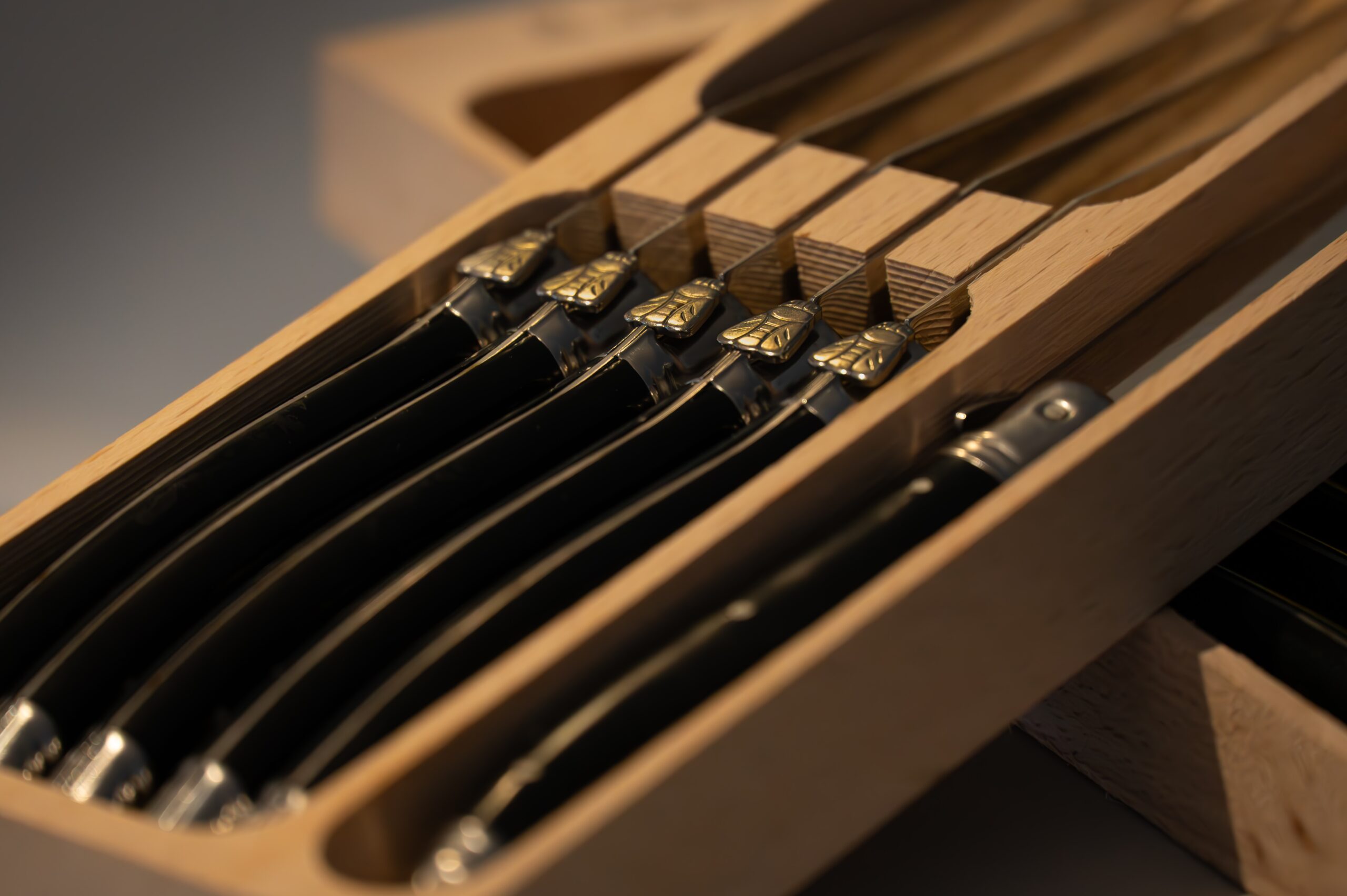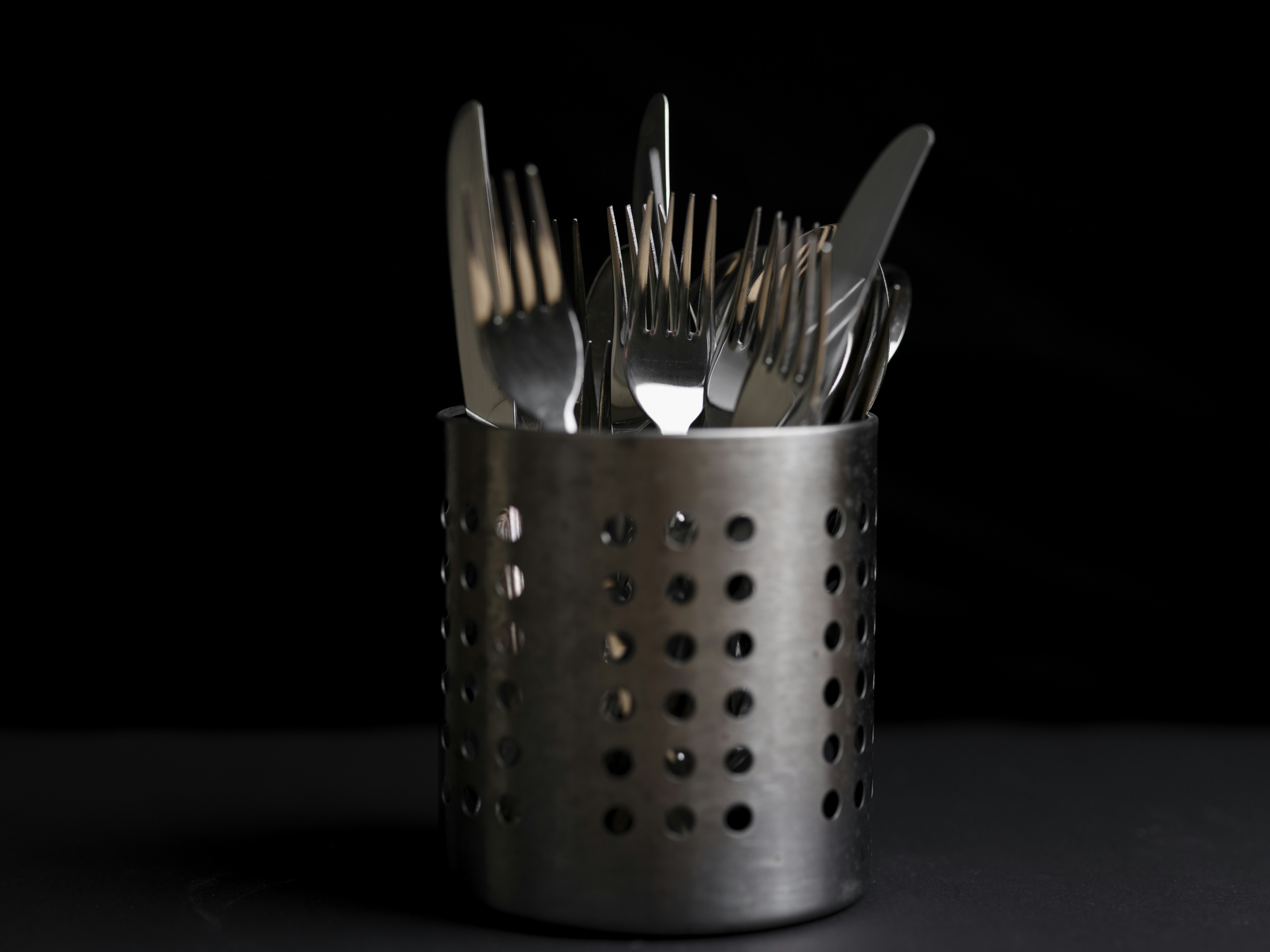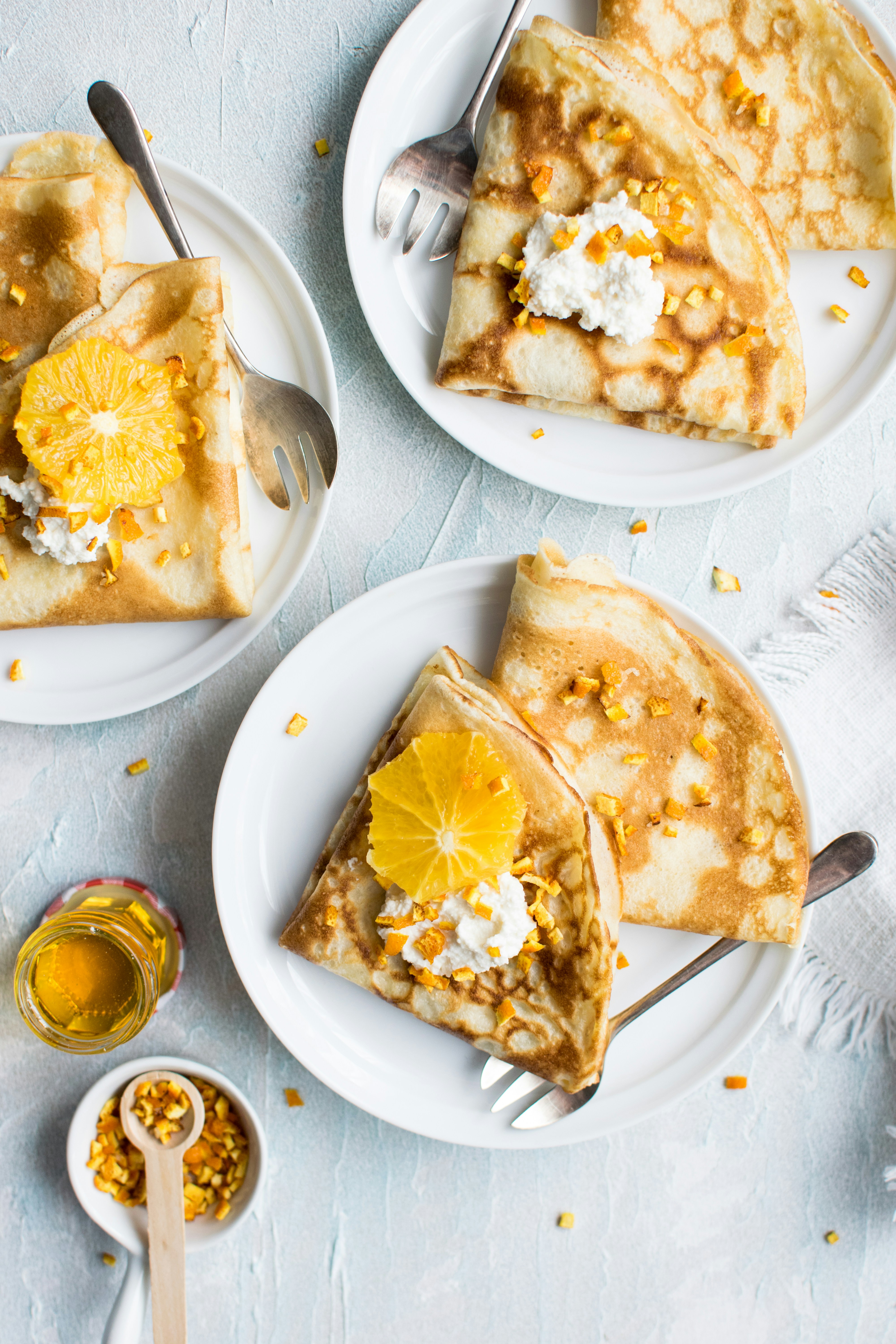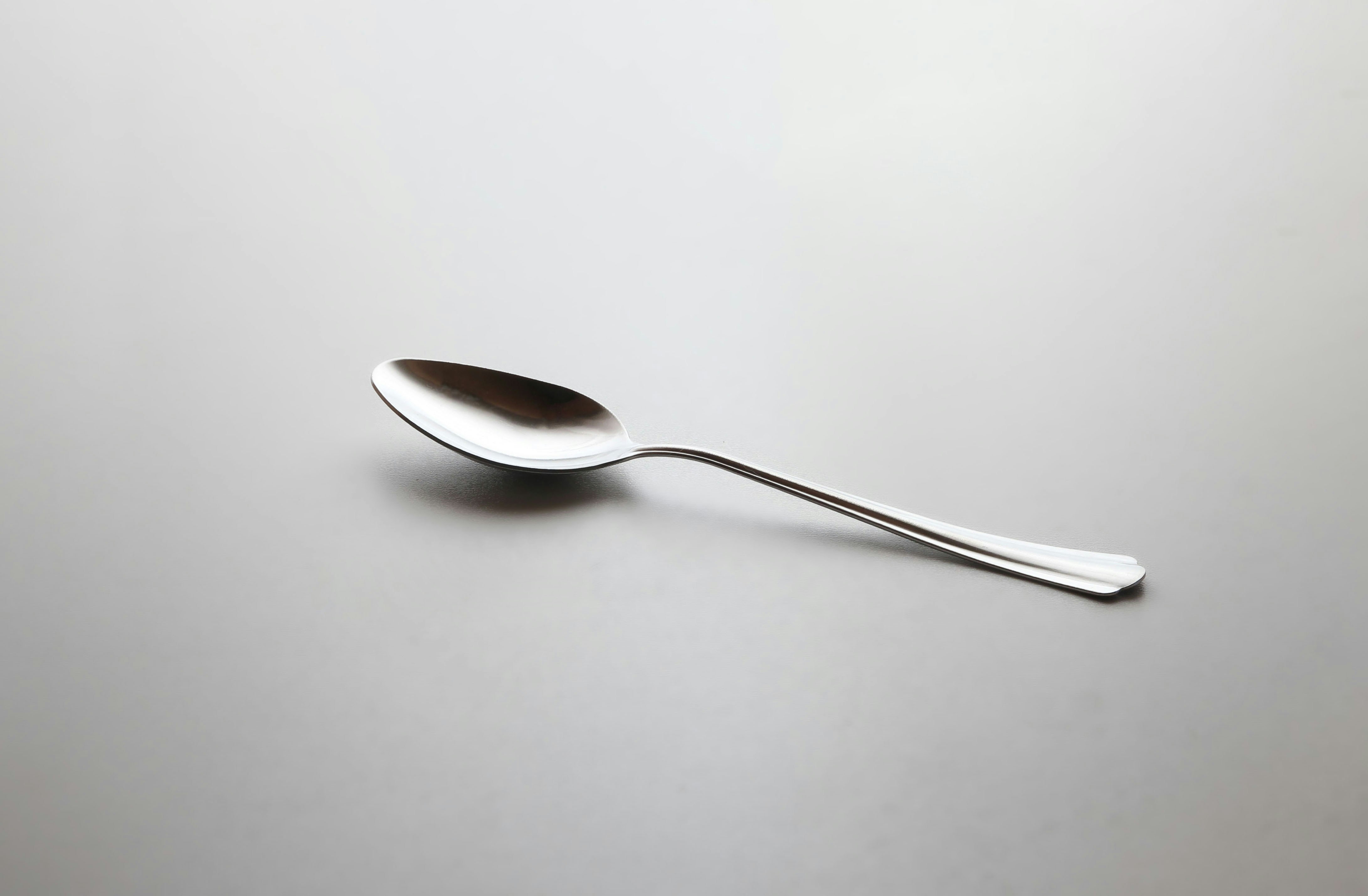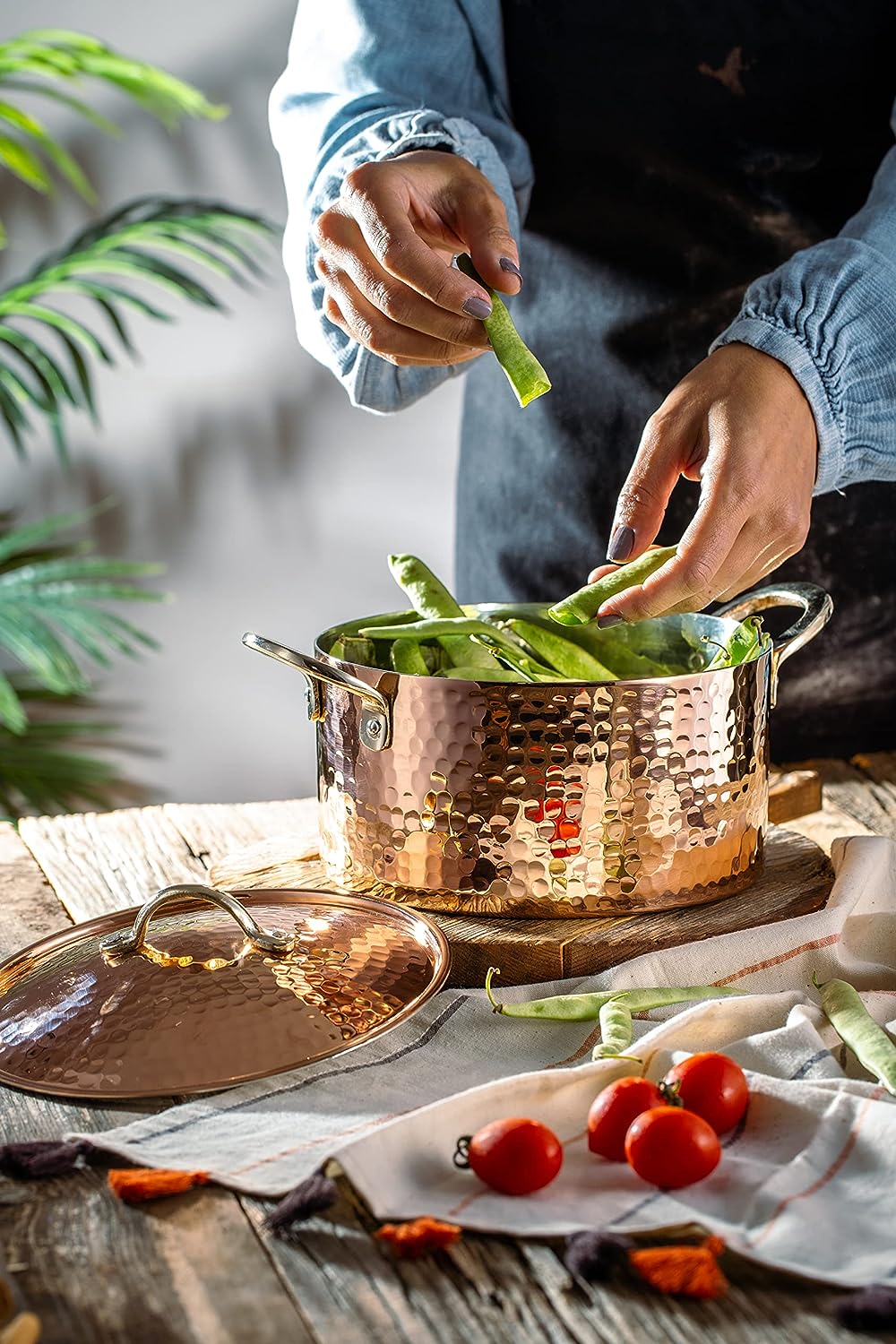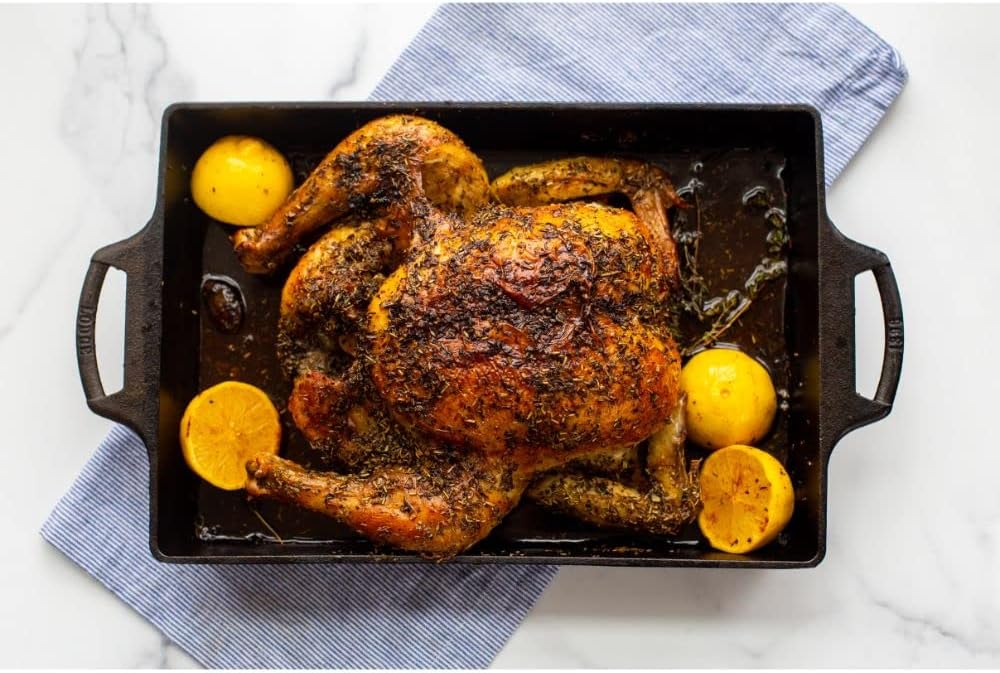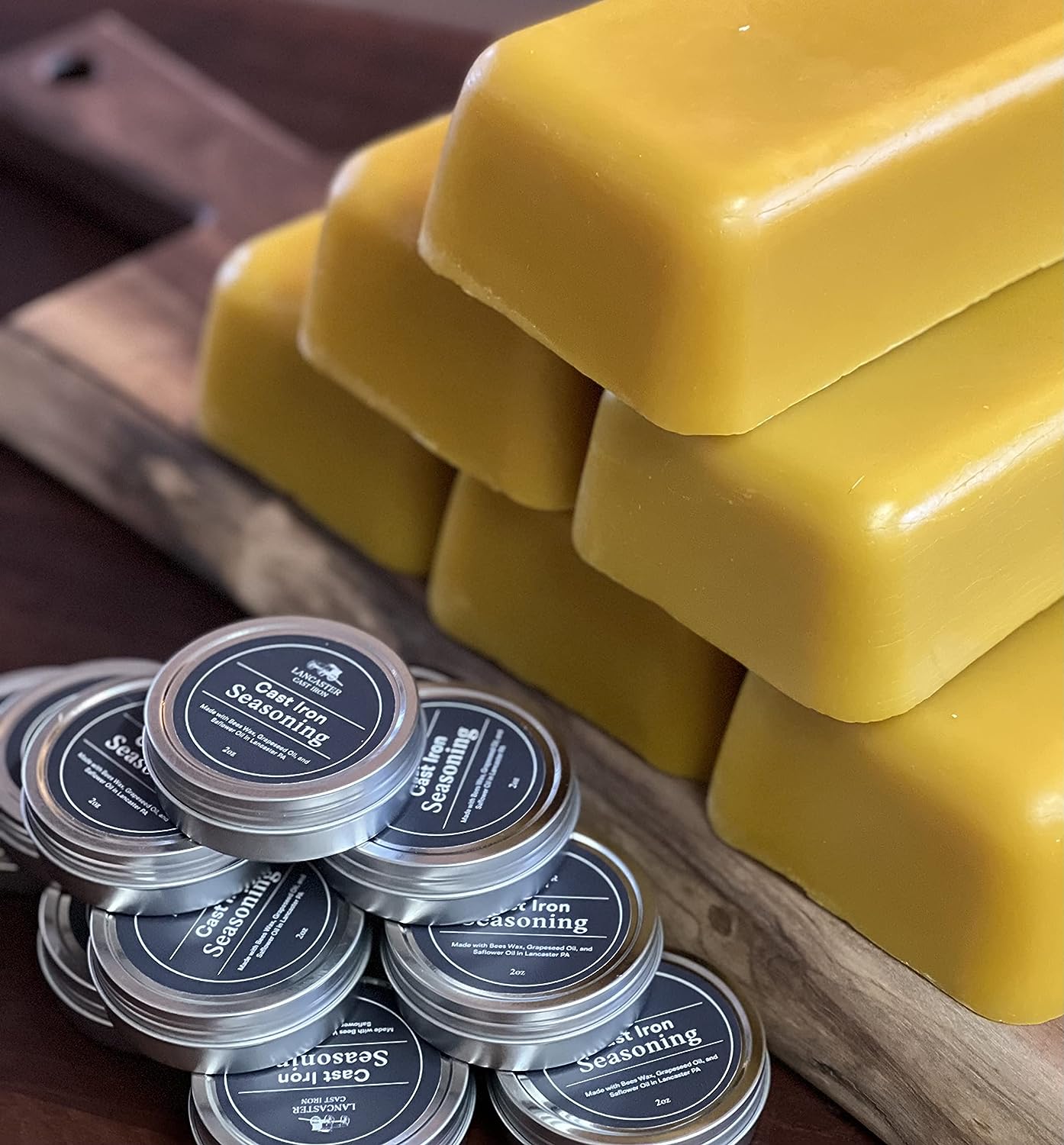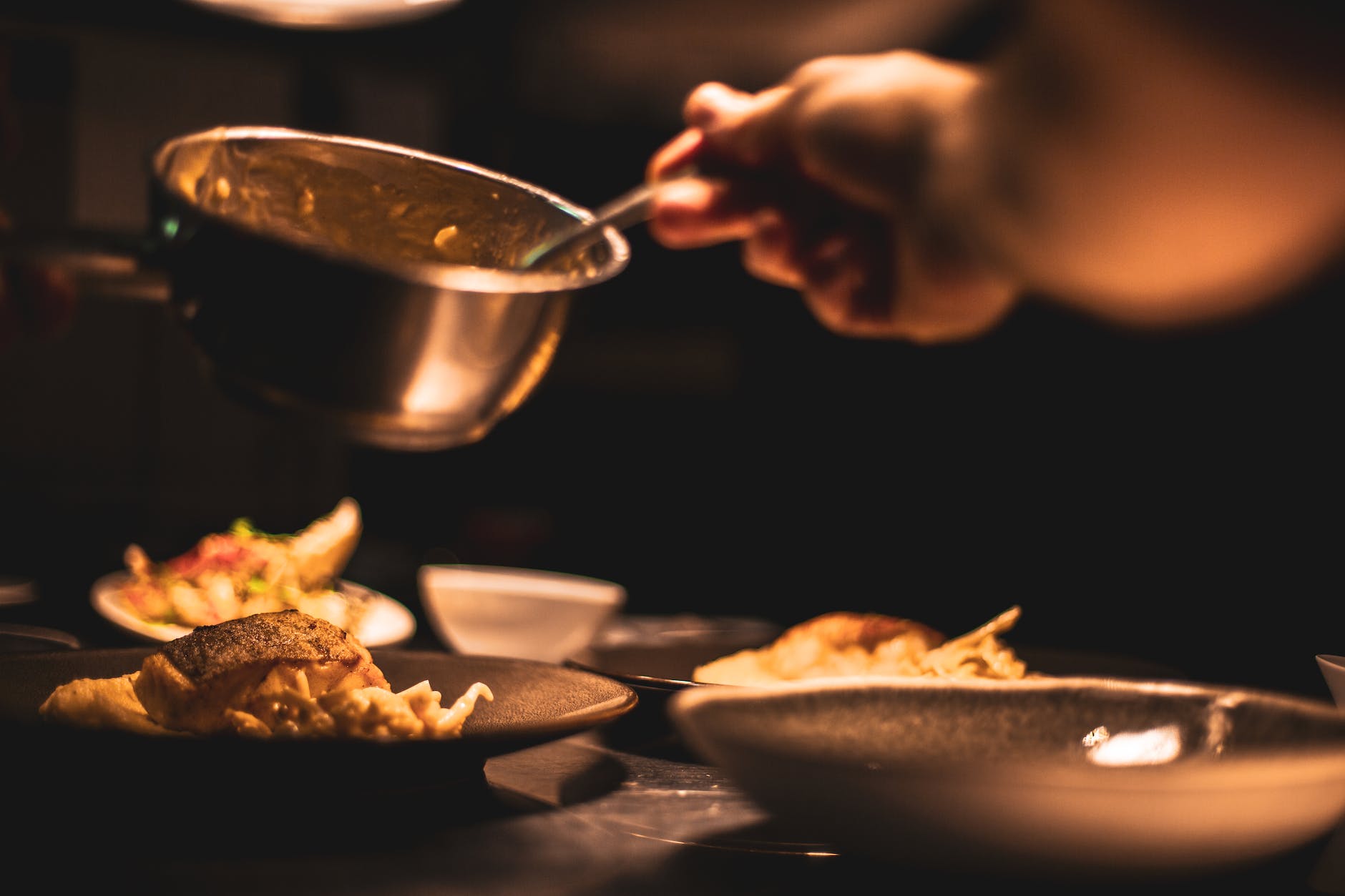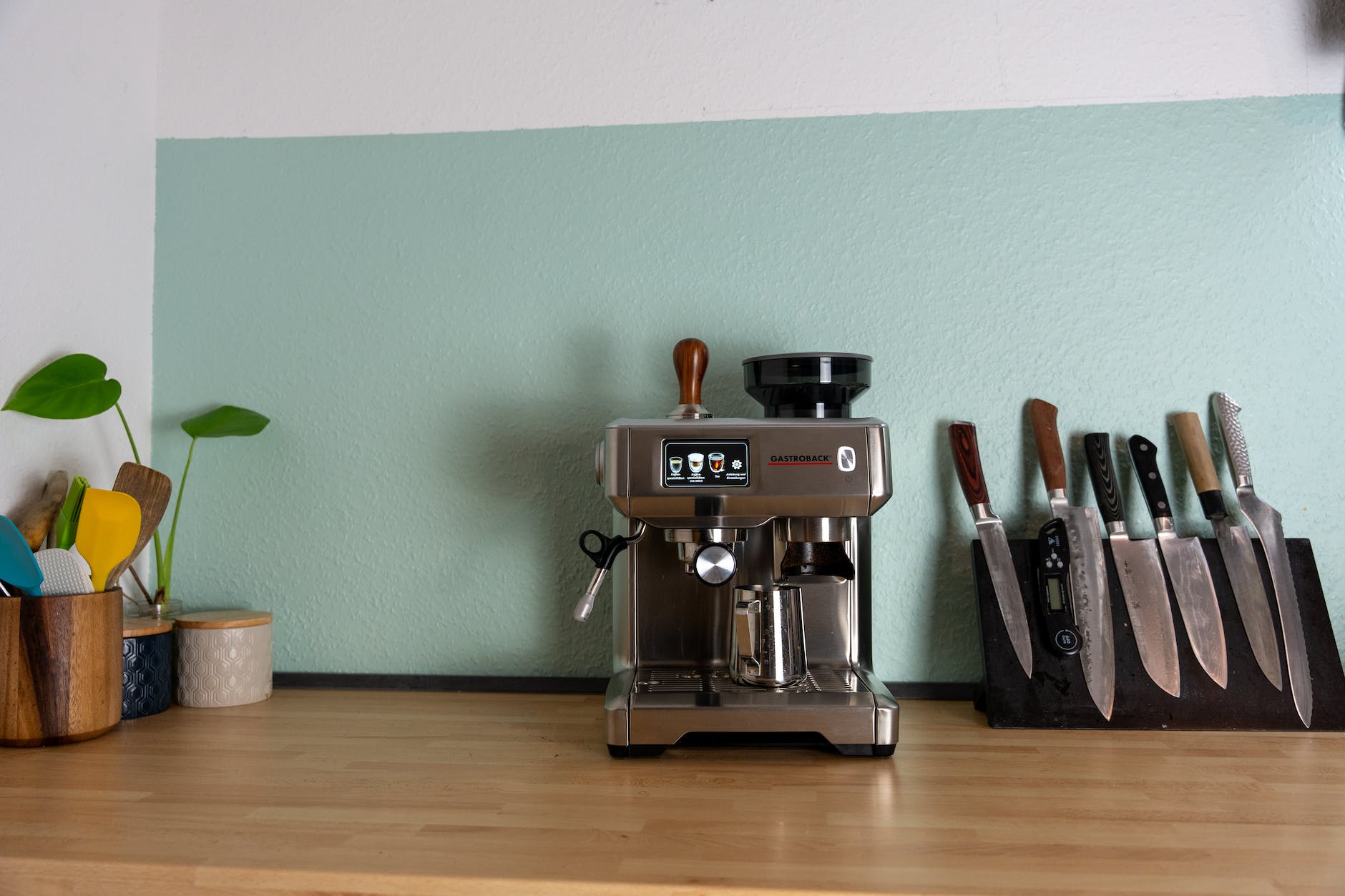Today, you will embark on a delightful journey through the world of cutlery, discovering the wonders of its various types. From the sleek elegance of a butter knife to the sharp precision of a chef’s knife, this article will introduce you to the diverse tools that make our dining experiences both enjoyable and efficient. So grab your appetite for knowledge and let’s delve into the fascinating world of cutlery together!
Exploring the Various Types of Cutlery
Cutlery plays an essential role in our everyday lives. Whether you’re a professional chef or simply enjoy cooking at home, having the right cutlery can make a world of difference in your food preparation. In this comprehensive guide, we will delve into the different types of knives, forks, spoons, cutlery sets, specialized cutlery, utensils, materials used in cutlery, handles, cutlery storage, and cutlery care. Let’s dive in and explore the fascinating world of cutlery together!
1. Types of Knives
Chef’s Knife
The chef’s knife is undoubtedly one of the most versatile knives in the kitchen. With its wide and curved blade, it is ideal for slicing, dicing, chopping, and mincing various ingredients. The chef’s knife is a must-have for any kitchen, whether you’re a professional chef or a home cook.
Paring Knife
The paring knife is smaller in size compared to the chef’s knife but equally essential. Its pointed tip and narrow blade make it perfect for intricate tasks such as peeling, trimming, and coring fruits and vegetables. It is a valuable tool when precision is required.
Bread Knife
As the name suggests, the bread knife is designed specifically for cutting bread. Its long, serrated blade effortlessly glides through crusty bread, ensuring clean and precise slices. This knife is an essential addition to any baker’s or bread lover’s collection.
Utility Knife
The utility knife is a versatile and compact knife that can handle a variety of cutting tasks. Its medium-sized blade is ideal for slicing small to medium-sized fruits, vegetables, and sandwiches. This all-purpose knife is perfect for everyday use in the kitchen.
Santoku Knife
The Santoku knife is a traditional Japanese knife with a wide blade and a flat edge. In Japanese, “Santoku” means “three virtues,” referring to its ability to handle three types of cuts: slicing, dicing, and mincing. It is a great alternative to the chef’s knife and is widely popular in both professional and home kitchens.
Carving Knife
If you often find yourself roasting large cuts of meat or poultry, a carving knife is a must-have. With its long, thin blade, it allows for precise and thin slices, making it perfect for carving roasts, turkeys, hams, and other large cuts of meat.
Boning Knife
The boning knife is specifically designed for separating meat from bones and removing skin and fat. Its thin, flexible blade allows for precise maneuvering around bones, ensuring maximum yield from your meat cuts. Whether you’re deboning chicken or filleting fish, the boning knife is an essential tool for any meat lover.
Steak Knife
No steak dinner is complete without a high-quality steak knife. Its serrated blade makes it easy to cut through even the juiciest piece of meat without tearing it apart. Invest in a set of good quality steak knives to elevate your dining experience.
2. Types of Forks
Dinner Fork
The dinner fork is the most commonly used fork in a standard cutlery set. With its four tines and medium-sized design, it is suitable for everyday dining and general use. Use it for enjoying hearty meals, such as main courses and stews.
Salad Fork
The salad fork is slightly smaller in size compared to the dinner fork. It has thinner and longer tines, making it ideal for gracefully tossing and serving salads. Add a salad fork to your cutlery collection to enjoy leafy greens with ease.
Fish Fork
If you’re a seafood enthusiast, a fish fork is a valuable addition to your collection. It features a unique design with a wide and flat blade, which allows for effortless flaking and eating delicate fish fillets. Let the fish fork enhance your seafood dining experience.
Dessert Fork
The dessert fork, also known as a cake fork, has a slightly smaller and narrower design compared to the dinner fork. Its purpose is to elegantly enjoy sweet treats, such as cakes, pastries, and pies. Indulge in your favorite desserts with a dedicated dessert fork.
Oyster Fork
For seafood lovers, an oyster fork is a specialized fork designed specifically for enjoying oysters. Its short and stubby tines enable easy piercing and scooping of oysters from their shells. If you’re a fan of this delectable mollusk, the oyster fork is a must-have.
3. Types of Spoons
Dinner Spoon
The dinner spoon, also known as a table spoon, is the most common type of spoon found in a cutlery set. With its oval-shaped bowl, it is perfect for soups, stews, and desserts. The dinner spoon is a versatile utensil suitable for various dining occasions.
Teaspoon
The teaspoon is smaller in size compared to the dinner spoon. Its petite design makes it ideal for stirring hot beverages, adding sugar to tea or coffee, and enjoying small portions of desserts. Attractively stir and sip your favorite hot drinks with a teaspoon.
Soup Spoon
The soup spoon also called a bouillon spoon, is characterized by its round and deep bowl. It is specifically designed for sipping and enjoying hot soups, broths, and consommés. Ensure a satisfying soup experience by including a soup spoon in your cutlery repertoire.
Dessert Spoon
Similar to the dessert fork, the dessert spoon is slightly smaller and narrower than the dinner spoon. It is elegantly used for enjoying desserts such as puddings, custards, and ice creams. Add a touch of sophistication to your sweet indulgence with a dessert spoon.
Serving Spoon
The serving spoon is a larger spoon designed for serving food from bowls or platters to individual plates. It offers a generous portion size and a broad bowl, making it ideal for serving side dishes, casseroles, salads, and more. Be the perfect host by serving your dishes with a stylish serving spoon.
4. Types of Cutlery Sets
Flatware Sets
Flatware sets, also known as silverware sets, are comprehensive collections that include a variety of knives, forks, and spoons. They often come in different sizes, ranging from sets for four people to larger sets for formal occasions or larger families. Flatware sets are a convenient way to have all the necessary cutlery in one package.
Silverware Sets
Silverware sets are traditionally made from silver or silver-plated materials. They are known for their elegant and timeless appeal, making them popular for formal dining settings and special occasions. However, it is worth noting that silverware requires regular cleaning and maintenance to prevent tarnishing.
Stainless Steel Cutlery Sets
Stainless steel cutlery sets are the most common and practical choice for everyday use. They are durable, resistant to rust and corrosion, and easy to clean. Stainless steel cutlery sets come in a variety of styles and designs, making them suitable for both casual and formal dining.
5. Types of Specialized Cutlery
Steak Knife Set
A steak knife set is a collection of specialized knives designed specifically for cutting steak. These knives feature serrated edges for easy cutting through meat without tearing or shredding it. Invest in a high-quality steak knife set to elevate your steak dining experience.
Cheese Knife Set
If you’re a cheese connoisseur, a cheese knife set is an essential addition to your cutlery collection. These knives are specially designed to handle different types of cheese, from soft and spreadable to hard and aged. A cheese knife set ensures proper serving and enjoyment of your favorite cheese varieties.
Sushi Knife Set
For those who love making sushi at home, a sushi knife set is a must-have. These specialized knives have sharp, narrow blades with a slight curve, allowing for precise slicing and carving of sushi rolls and sashimi. Enhance your sushi-making skills with a dedicated sushi knife set.
Cake Knife and Server Set
When it comes to special occasions like birthdays or weddings, a cake knife and server set is indispensable. These sets typically include a sharp knife for slicing cakes and a server for effortlessly transferring each piece to the serving plate. Celebrate in style with a beautiful cake knife and server set.
Caviar Spoon
Caviar, a delicacy appreciated by many, requires a specialized spoon for serving. Caviar spoons are typically made from materials that don’t alter the flavor of the caviar, such as mother-of-pearl or bone. Treat yourself and your guests to the exquisite experience of enjoying caviar with a dedicated caviar spoon.
6. Types of Utensils
Kitchen Shears
Kitchen shears, or kitchen scissors, are versatile tools that provide a range of functions in the kitchen. They can be used for cutting poultry, trimming herbs, opening packaging, and much more. Invest in a durable pair of kitchen shears to tackle various kitchen tasks with ease.
Meat Tenderizer
A meat tenderizer is a tool used to soften and tenderize tougher cuts of meat. It typically consists of a heavy, textured surface, often made of metal or plastic, which is used to break down the muscle fibers in the meat. Improve the tenderness of your meats by incorporating a meat tenderizer into your kitchen arsenal.
Knife Sharpener
A knife sharpener is an essential tool for maintaining the sharpness of your knives. Over time, knives can become dull, affecting their cutting performance. A knife sharpener helps restore the sharp edge, ensuring efficient and precise cutting. Keep your knives at their best with a reliable knife sharpener.
Vegetable Peeler
A vegetable peeler is a handy tool for removing the outer skin of fruits and vegetables. It comes in various designs, including a swivel peeler and a Y-shaped peeler. With its sharp blade and ergonomic handle, a vegetable peeler makes the task of peeling quick and effortless.
Melon Baller
A melon baller is a unique utensil used to scoop out small, perfectly round balls from fruits such as melons and citrus fruits. It is ideal for creating decorative fruit presentations and adding a touch of elegance to your culinary creations. Impress your guests with beautifully shaped fruit using a melon baller.
7. Types of Materials Used in Cutlery
Stainless Steel
Stainless steel is the most common material used in cutlery due to its durability, resistance to rust, and ease of maintenance. It is an alloy composed of iron, chromium, and other elements, making it sturdy and long-lasting.
Carbon Steel
Carbon steel is known for its excellent sharpness and edge retention. However, it requires more care and maintenance compared to stainless steel, as it is more susceptible to rust. Carbon steel knives are favored by professionals and serious home chefs who appreciate their superior cutting performance.
Ceramic
Ceramic knives are made from zirconium oxide, a hard and non-reactive material. They are incredibly sharp and retain their edge for a long time. Ceramic knives are also lightweight, making them comfortable to use. However, they are more prone to chipping or breaking if not handled properly.
Silver
Silver cutlery sets, often referred to as silverware, possess a timeless elegance and a luxurious feel. They are crafted from sterling silver or silver-plated materials. While silverware requires regular polishing to maintain its luster, it adds a touch of sophistication to formal dining occasions.
Titanium
Titanium cutlery sets offer a modern and sleek look, as well as impressive durability. Titanium is lightweight, corrosion-resistant, and hypoallergenic, making it an excellent choice for those with sensitivity to certain metals. Enjoy the combination of practicality and style with titanium cutlery.
8. Types of Handles
Wooden Handles
Wooden handles lend a warm and natural aesthetic to cutlery. They provide a comfortable grip and are often handcrafted for a unique and rustic look. Wood handles require regular maintenance, such as oiling, to maintain their beauty and prevent drying out.
Plastic Handles
Plastic handles are lightweight and durable, making them a popular choice for everyday cutlery. They are available in a variety of colors and designs, offering versatility and affordability. Plastic handles are easy to clean and withstand frequent use.
Stainless Steel Handles
Stainless steel handles are sleek and modern, complementing contemporary kitchen aesthetics. They are resistant to rust and corrosion, making them highly durable. Stainless steel handles offer a seamless integration with the blade and provide a balanced feel in hand.
Bone Handles
Bone handles are known for their unique patterns and natural beauty. They offer a traditional and elegant appearance, making them ideal for heirloom pieces or collector’s items. Bone handles require special care to prevent drying out and cracking.
Composite Handles
Composite handles are made by combining different materials, such as wood and resin, to create a durable and visually appealing handle. They offer the best of both worlds in terms of aesthetics and functionality. Composite handles provide an excellent grip and are resistant to moisture and temperature changes.
9. Types of Cutlery Storage
Cutlery Trays
Cutlery trays are practical and cost-effective solutions for organizing your cutlery. They come in various sizes and configurations to fit different drawer dimensions. Cutlery trays keep your knives, forks, and spoons neatly separated, ensuring easy access and reducing the risk of damage.
Cutlery Rolls
Cutlery rolls are portable storage solutions that allow you to easily transport your cutlery while keeping it protected. They typically feature slots and pockets to securely hold each piece, making them suitable for picnics, camping trips, or traveling.
Cutlery Blocks
Cutlery blocks are countertop storage solutions that keep your knives organized and within reach. They feature slots of different sizes to accommodate various types of knives, ensuring safe and convenient storage. Cutlery blocks also add a stylish touch to your kitchen decor.
Magnetic Knife Strips
Magnetic knife strips are another space-saving storage option that securely holds your knives on the wall or any magnetic surface. They provide easy access to your knives while keeping them visible and organized. Magnetic knife strips are a popular choice for those who prefer minimalistic kitchen designs.
10. Types of Cutlery Care
Handwashing
To ensure the longevity of your cutlery, handwashing is often recommended. Simply wash knives, forks, and spoons with a mild detergent and warm water using a soft sponge or cloth. Avoid abrasive cleaners or scrubbing pads that can scratch the surface. Dry the cutlery thoroughly before storing.
Dishwasher Safe
Many modern cutlery sets are dishwasher safe, which provides convenience for busy households. Always check the manufacturer’s instructions to verify if your cutlery is dishwasher safe. When loading cutlery in the dishwasher, ensure they are properly spaced to allow for thorough cleaning and drying.
Proper Drying and Storage
After washing, it is crucial to dry your cutlery thoroughly to prevent water spots and potential rust. Use a soft cloth or towel to remove any moisture before storing them in a dry and well-ventilated area. Avoid storing damp cutlery in closed containers or drawers, as this can promote the growth of bacteria.
Regular Sharpening and Maintenance
Keeping your knives sharp is important for optimal cutting performance. Use a knife sharpener or sharpening stone to maintain the edge of your knives regularly. Additionally, inspect your cutlery for any signs of damage or loose handles, and have them repaired or replaced as necessary.
In conclusion, the world of cutlery offers a vast array of options to suit every individual’s needs and preferences. From knives and forks to spoons and specialized cutlery, each utensil serves a particular purpose in the culinary journey. By understanding the different types of cutlery, materials, handles, storage options, and care requirements, you can build a well-equipped kitchen that meets all your cooking and dining needs. Choose the right cutlery for every occasion, and enjoy the pleasure of preparing and savoring delicious meals with the perfect tools at your fingertips.


